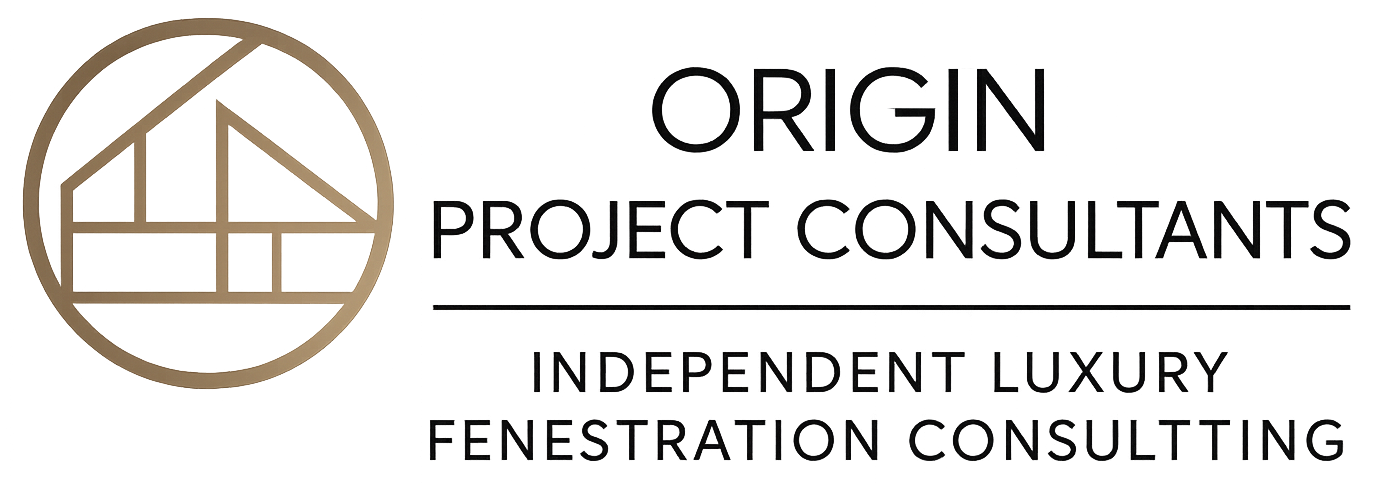What causes glass distortion—and why is it NOT a defect in hurricane glazing?
Yes, distortion can be minimized, but not eliminated—and more importantly, it’s not a defect.
To meet the strength required for hurricane glazing (especially in large formats), heat-strengthened or tempered glass is mandatory. That process inherently creates some level of distortion.
According to ASTM C 1048-04 – Heat Treated Glass Inspection Criteria:
“Thermally tempered and heat-strengthened glass is made by heating glass in a furnace. The original flatness of the glass is slightly modified by the heat treatment, causing reflected images to be distorted.”
“Strain pattern… is considered a normal part of the heat treating process and is not considered a defect.”
“At this time, no industry quality standards exist for distortion.”
Glass is inspected in a vertical position and viewed at a 90° angle under daylight conditions, per the standard.
Additional references:
ASTM C 1172-03 – Laminated Glass
ASTM C 1376-03 – Coated Vision Glass
ASTM C 1036-06 – Flat Glass
Some fabricators do a better job than others at minimizing distortion through tighter quality controls and furnace tuning—but all hurricane glazing will have some distortion.
I teach classes to architects, builders, and owners on glazing performance, product differences, and what to expect from today’s hurricane-tested systems—without manufacturer bias.

